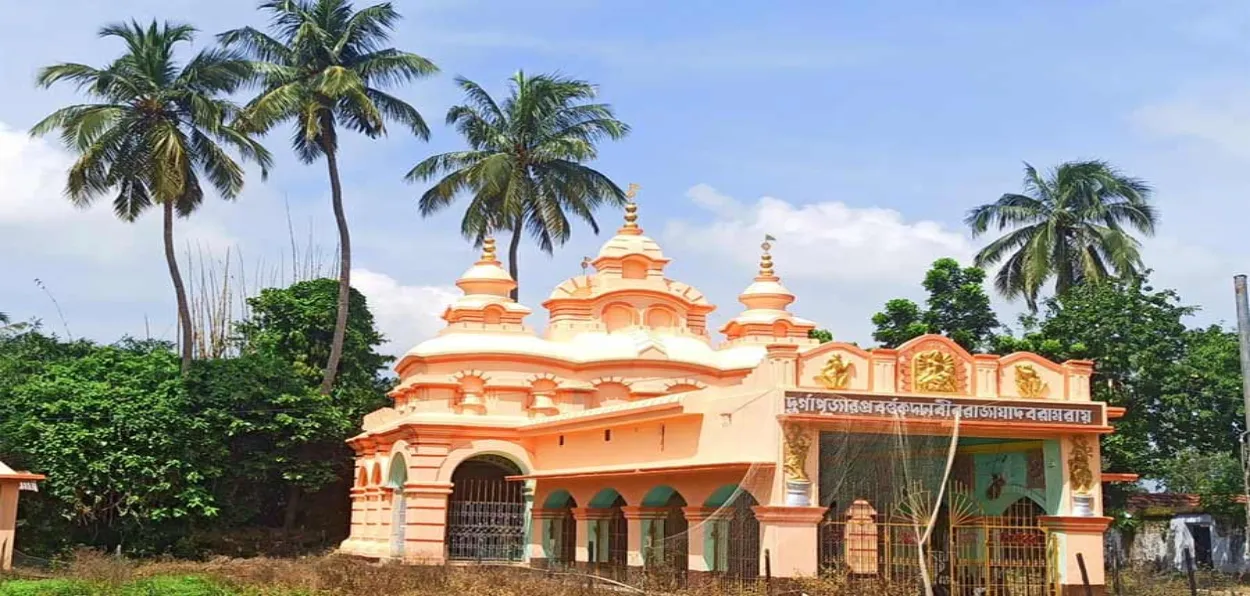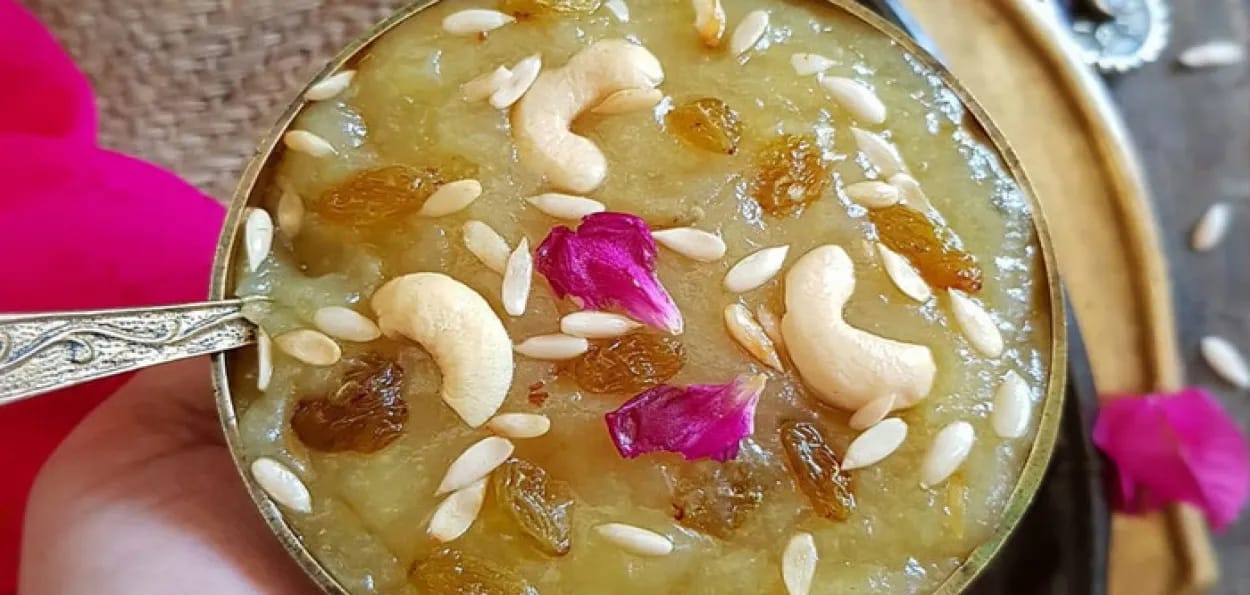
Kolkata
Though Durga Puja is primarily a Hindu festival, the celebration at Kishornagar Garh Rajbari (Royal Palace) in Contai (Kanthi), East Midnapore, has, for centuries, stood out as a beacon of Hindu-Muslim harmony. The royal family of the town has been worshipping Goddess Swarna Durga in their ancestral temple for nearly 300 years.
Unlike the themed and extravagant pujas of modern times, this Durga Puja retains its simple, traditional style, yet continues to draw large crowds from across the region. One of its most unique features is the practice of offering the Goddess’s prasad to Muslim pirs before the idol’s immersion—an enduring mark of interfaith respect and unity.
A grand fair accompanies the Puja, where Hindus and Muslims come together with equal enthusiasm. Over the years, this fair has grown into a living symbol of communal amity, reinforcing the spirit of shared celebration.
The tradition is centuries old, as it began with Maharaja Yadav Ram Roy, who in 1720 dreamt of the Goddess commanding him to worship her idol. Local folklore narrates that Goddess Durga crossed a nearby canal by boat before arriving at the royal residence.
Earlier, the Sandhi Puja—the most important ritual—was heralded by firing a cannon from the palace. Although this practice has been discontinued, the reverence and rituals continue to this day.

Special Bhog offered to Goddess Durga
Another striking feature of this puja is the involvement of the fishermen community, who sing devotional songs of Goddess Durga. As the legend goes, this tradition began after instructions from the Goddess in King’s dream.
Each year, very Durga Puja involves offerings of food, fruits, and sweets to the Goddess. But at Kishornagar, the highlight is a special cashew-nut bhog, prepared with cashews, cottage cheese, and sugar. This delicacy enjoys immense popularity, with devotees travelling from far and wide just to taste this blessed prasad. On Mahashtami, thousands throng the palace temple to pay homage to Swarna Durga and partake in the sacred offering.
Like many traditional royal pujas, Kishornagar once followed the practice of buffalo sacrifice (Mahishabali). But about 50 years ago, the ritual was abandoned after a tragic incident. A devastating flood destroyed the royal cowshed, and the buffalo kept for sacrifice was crushed to death when the cowshed wall collapsed. Since then, the family resolved never to resume the tradition.
Today, instead of animal sacrifice, offerings are made with wax gourd and sugarcane, while the old sacrificial altar and sword continue to be worshipped with vermillion and flowers throughout the Puja days.
ALSO READ: Shakir Ali revived the miniature painting art of Rajasthan
For three centuries, the Durga Puja of Kishornagar Garh Rajbari has stood as more than just a religious celebration. It has evolved into a *cultural bridge*, where faith, folklore, and communal harmony meet. By blending devotion with inclusivity, this Puja continues to uphold the spirit of unity, making it not just a festival but a living tradition of togetherness.
